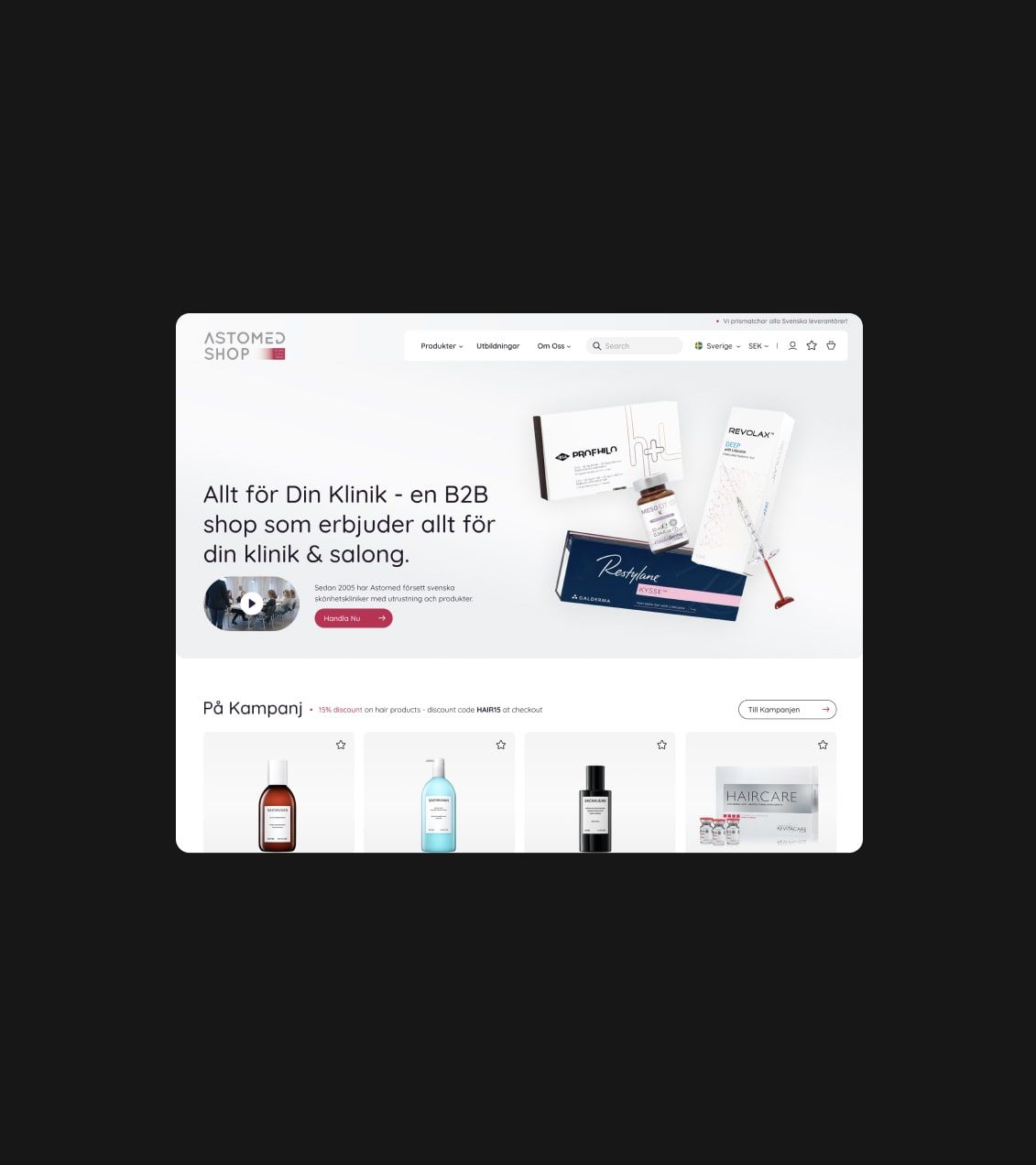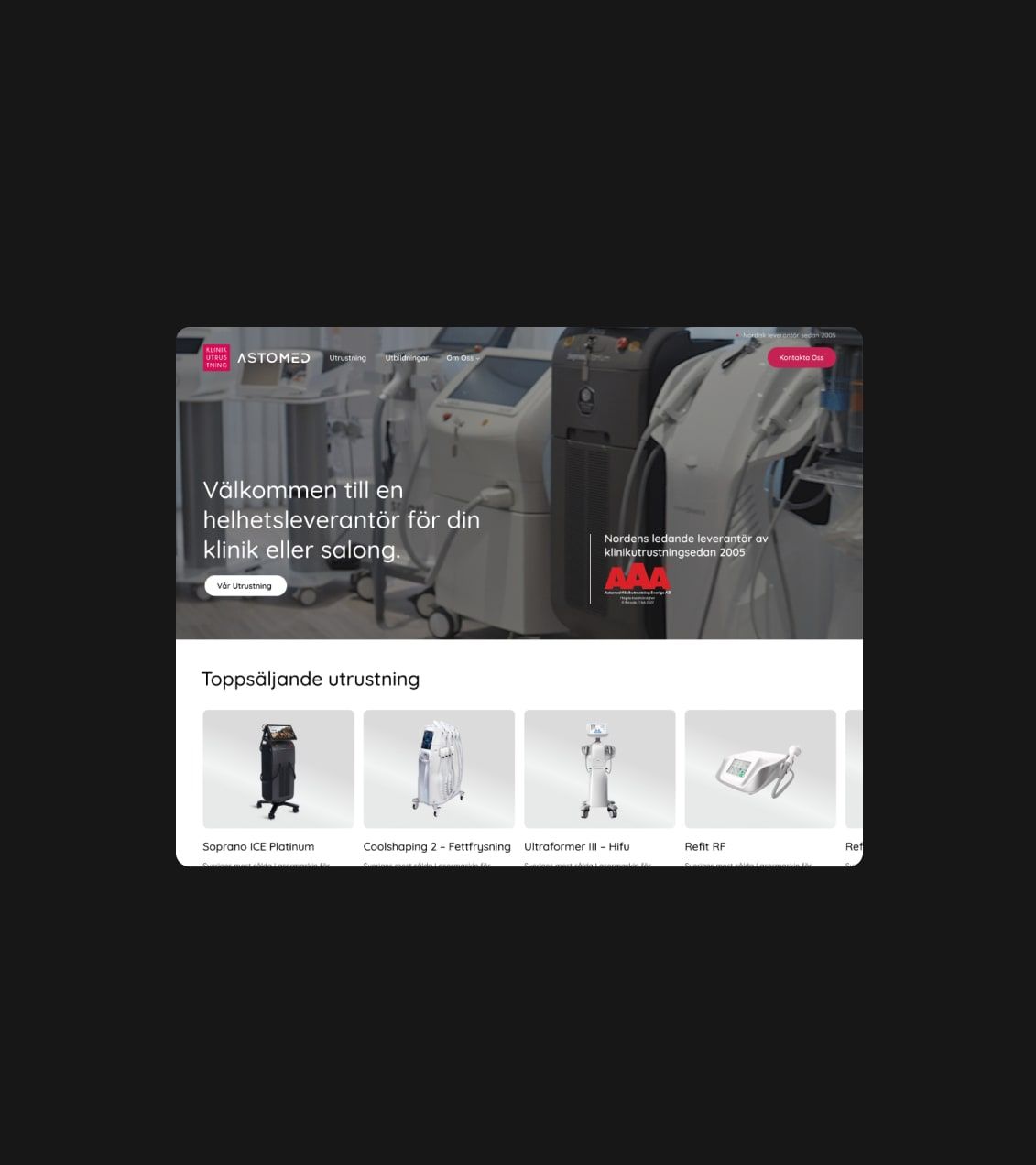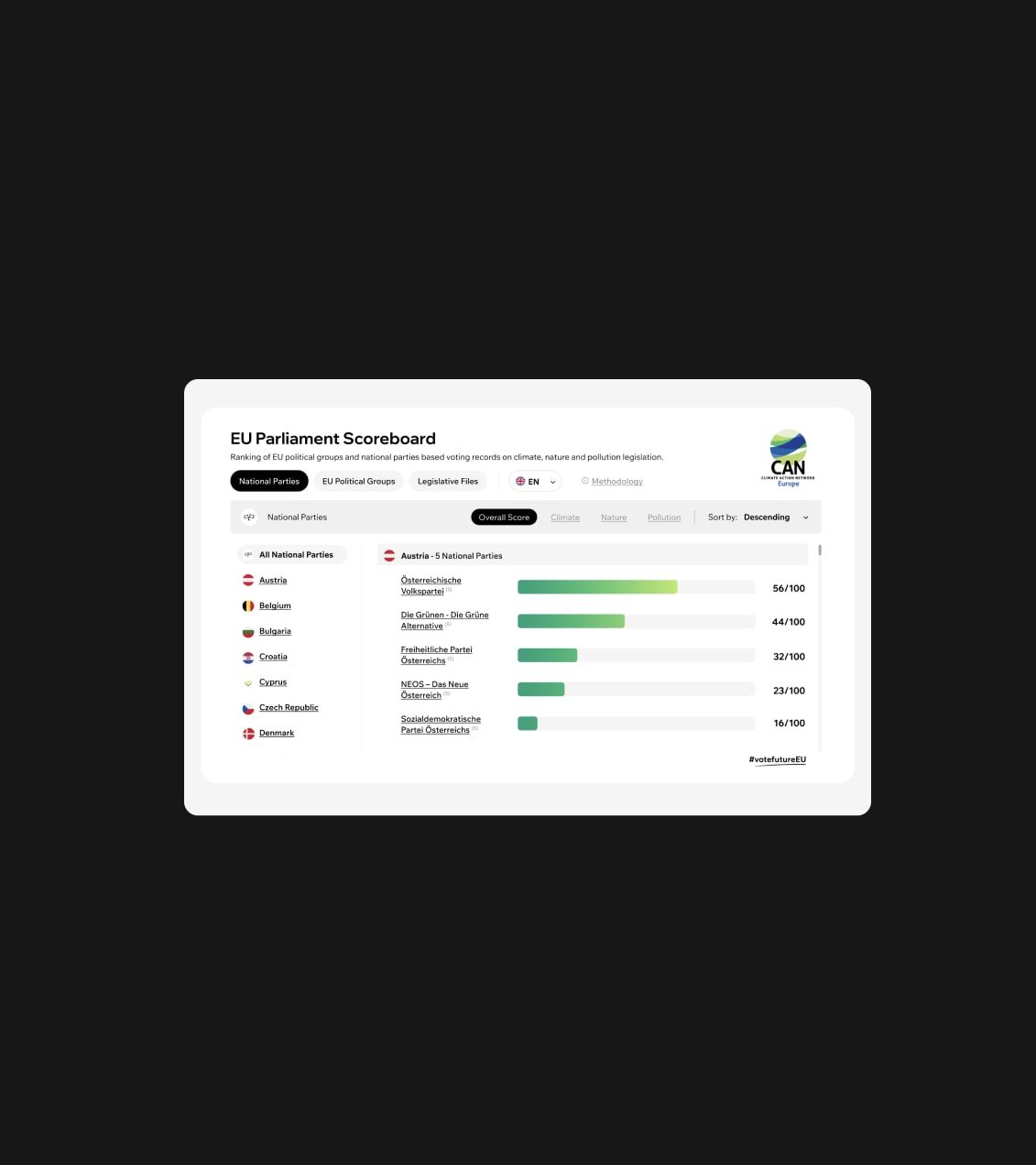
5 lead generation strategies for your Website
These tactics might bring in a couple of new customers, but they won’t produce the results you’re looking for. If you want steady leads, you need a solid strategy. It’ll help you make the most of your marketing efforts and attract the new customers you need.
Blog Posts
First and foremost, your website should have a dedicated blog page.
Create posts about topics in your industry. They should be timely and well-researched. They should also add something new to the conversation. As an expert, you should have no problem providing a fresh perspective.
Why Bother With Blog Posts?
Blog posts serve many purposes. For one, they help with SEO. Unique content proves that you are worthy of being on the front page of search results.
Aside from appealing to search engines, blog posts appeal to users. They help out visitors by giving them advice or teaching them how to do something. Visitors will appreciate the free information while becoming aware of your brand.
It’s not enough to fill your blogs with good information. They need other key elements like:
- Relevant, high-quality images and charts
- Optimized keywords (in the body text, headers, meta descriptions, etc.)
- Internal links
- CTAs (sign up for your email list, contact your company for more information, request services, etc.)
These elements will help boost you in search engines. They will also be beneficial to visitors as they will make your content clearer and more engaging.
Service Page
In addition to blog posts, you will need optimized service pages. These pages should include:
- A clear, to-the-point description of what you offer
- FAQs (why the visitor might need your services, what sets you apart from competitors, etc.)
- Examples of your work
- Customer testimonials
- Call to action and how to get in touch with your company
Visitors can stumble across your service pages in many ways. They might find them directly through Google search results. Visitors might also find your service pages via your blog posts.
For example, let’s say you run a plumbing company. You have a blog that covers many topics. One day, a user looks up how to fix their broken sink. Your blog post on DIY solutions comes up in the search results.
After clicking and reading, the user decides that they don’t want to mess with it themselves. They see that you offer plumbing services and click on an internal link that leads to your service pages.
Bam! You’re on your way to a lead.
About Page
Let’s keep using the example of a potential customer with a broken sink.
The user is on your services page. Thanks to your compelling copy, they know exactly what you offer. Better yet, they’re confident your services are what they need.
The testimonials, pictures, and other elements on your service page build interest. But, before choosing your company, they’ll want to confirm that you are trustworthy.
To do this, they might check out online reviews or ask friends. They might also head over to your About page.
When a visitor is on the fence, your About page might push them to convert. It should tell them everything they need to know about your company. This is your chance to reveal your personality and even show off a little. You want to make it clear what you can offer so they proceed with confidence.
Not sure what to include on your About page? Here are some ideas:
- Your origin story
- How long you’ve been in the industry
- What you bring to the table that’s different
- Your mission statement
- Anything that makes your company more personal (pictures, stories, etc.)
Your About page should clear up any doubts the user is having. Once you establish your company as experienced and reputable, they’ll seriously consider you.
Contact Page
Finally, your conversion funnel boils down to the contact page. Your visitor is ready to take the next step by submitting your contact form.
However, you should realize that you’re not in the clear just yet. You need to make your contact form as user-friendly as possible.
Your form shouldn’t be 10 questions long. It also shouldn’t ask for information your user might not be willing to give you off the bat. This will cause the user to get frustrated or be scared off.
Keep your contact form as simple as possible. Only ask for key information, such as:
- Name
- Requested services
This will maximize the chances of the visitor successfully filling out and submitting the form.
Thank You
A new lead is something to celebrate. After all, it takes a lot to turn a casual visitor into a customer. They must find your pages and decide your company is worth choosing out of all the others.
So, when a customer submits your contact form, you should give them more than a simple “thank you.”
The Thank You page that pops up after submission is an opportunity. Use it to genuinely thank them for their interest. Give it a personal touch unique to your brand.
You should also explain what happens next. Assure they’ll receive a quick response and follow through with it! If they’re waiting around too long, a customer will go with another company.
The visitor might also want to keep up with your brand. So, consider including other elements like:
- A newsletter signup form
- Your social media handles
- Links to other relevant info on your site










